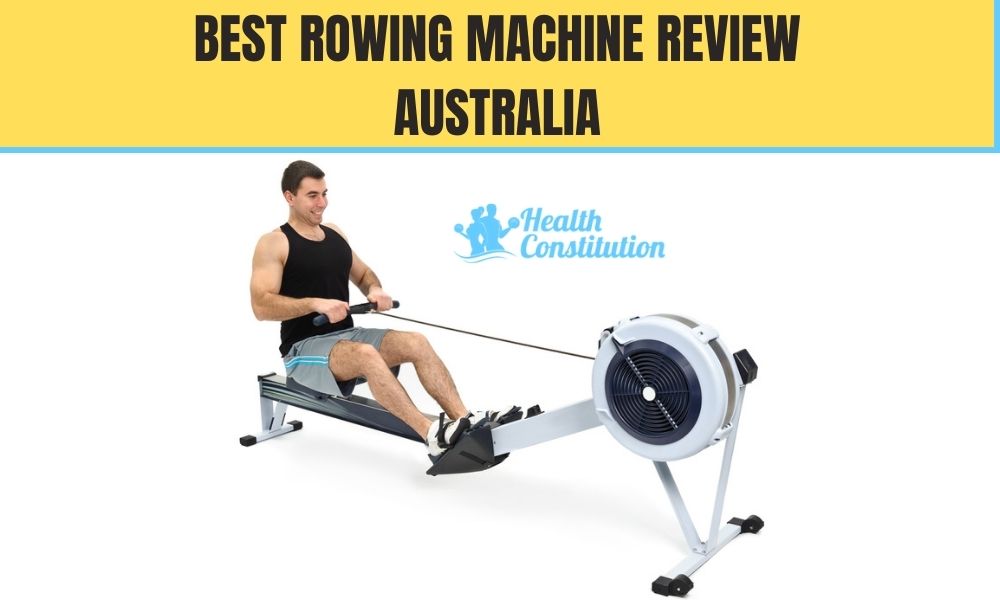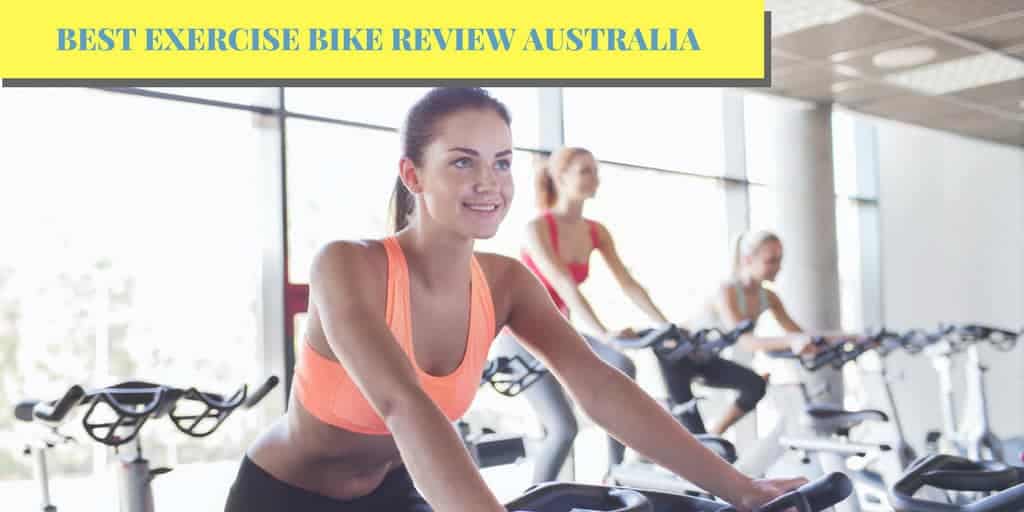In the quest for weight loss, cardio equipment reigns supreme. But with the abundance of options, choosing between an exercise bike and a rowing machine can be daunting. Both machines offer a compelling case for their effectiveness, leaving many wondering: which one is more effective for weight loss?
This head-to-head comparison gets into the effectiveness of calorie burn, muscle engagement and other considerations you need to know about each machine. This article should help you to make an informed decision based on your individual goals and preferences.
Calorie-Burning Showdown: Pedals vs Paddles
Both exercise bikes and rowing machines offer solid platforms for burning calories and contributing to weight loss. However, their approaches differ slightly.
Exercise Bike
| Average Calorie Burn | Cycling consistently burns around 400-500 calories per hour, depending on intensity and individual factors. |
| Exercise Bike Type | Spin bikes tend to burn the most calories due to their high-intensity focus, while upright and recumbent bikes offer slightly lower rates. |
| HIIT Advantage | High-intensity interval training (HIIT) can significantly boost calorie burn on any bike, potentially reaching 600-700 calories per hour. |
Rowing Machine
| Full-Body Calorie Burn | Rowing engages major muscle groups throughout the body, potentially burning 500-600 calories per hour on average. |
| Intensity Matters | Similar to cycling, intensity plays a big role in calorie expenditure on a rowing machine. |
| HIIT Potential | HIIT rowing workouts can significantly elevate calorie burn, pushing it past 700 calories per hour for some individuals. |
Verdict on Calorie Burn
While both machines deliver solid calorie-burning results, the rowing machine holds a slight edge due to its full-body engagement and potential for higher HIIT-driven calorie expenditure. However, remember that consistency and individual effort ultimately determine the overall impact on your weight loss journey.
The article continues below.
My Favourite Rower
The Proform Pro R10 Rower is a compact home rowing machine with a blend of performance, interactive features, and space-saving convenience.
This is my favourite among the rowing machines I have tested as I find it easy to use and its size is perfect for my Melbourne apartment. It is also one of the quietest (virtually silent) magnetic rowing machines I have used.
This iFIT-enabled cardio machine is sure to keep you moving with its streamed workouts and studio classes with live personal trainers.
NOTE: The Proform Pro R10 Rower is now FREE from the iFIT+ package when you sign up for the 3-year iFIT Family Membership (up to 5 users including yourself).
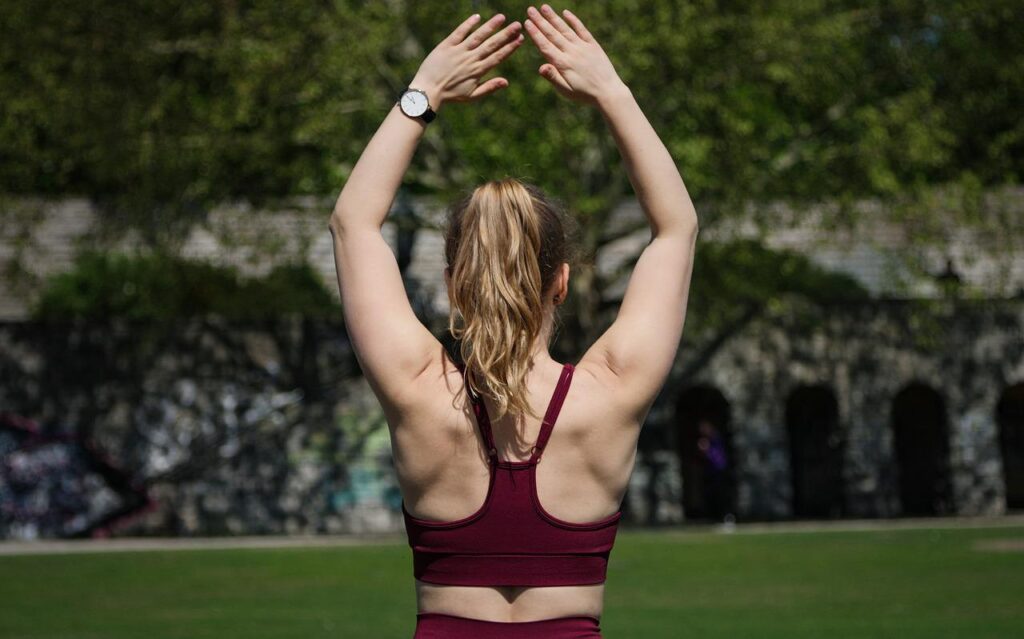
Beyond Calories: Building Muscle and Fitness
While calorie burning is crucial for weight loss, muscle engagement and overall fitness play equally important roles. Here’s how both machines stack up:
Exercise Bike
| Lower-Body Focus | Cycling primarily targets leg muscles (quadriceps, hamstrings, calves) and glutes, promoting strength and endurance. |
| Effective Cardio | Cycling effectively strengthens the cardiovascular system, improving heart health and stamina. |
| Upper-Body Bonus | Upright bikes, with handlebars, can engage core and upper body muscles to a lesser extent, enhancing overall balance. |
Rowing Machine
| Full-Body Engagement | Rowing engages virtually every major muscle group – legs, core, back, and upper body – leading to a more comprehensive workout. |
| Muscle-Building Star | The full-body engagement of rowing promotes muscle growth and improved overall strength, boosting metabolism and aiding in weight loss. |
| Coordination and Balance | Rowing requires coordinated movements and balance, enhancing these skills and improving overall functional fitness. |
Verdict on Building Muscle and Fitness
In terms of muscle engagement and overall fitness benefits, the rowing machine emerges as the clear winner due to its full-body workout and potential for muscle building. However, exercise bikes still offer valuable cardio and leg-strengthening benefits, making them a good choice for individuals with specific goals or preferences.
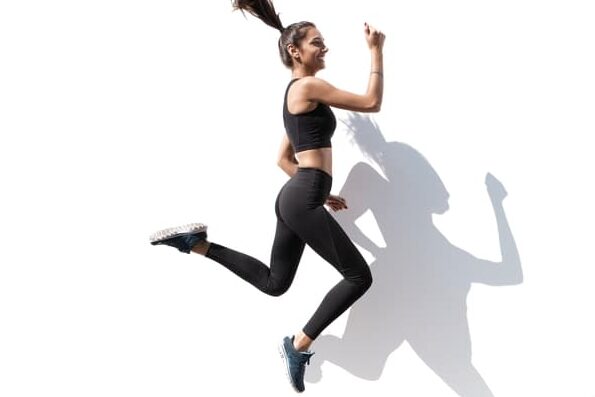
Types of Exercise Bikes and Rowing Machines You Should Know
There are several types of exercise bikes and rowing machines in the market and picking the right one for your fitness goal may help you achieve it sooner.
Exercise bikes
- Upright bikes: These are the most common type of exercise bike. They have a seat that is positioned upright and handlebars that are positioned in front of the rider. Upright bikes are a good choice for people who are looking for a low-impact workout that is easy to get started with.
- Spin bikes: These bikes are designed to simulate the experience of riding a road bike. They have a heavier flywheel than upright bikes, and they often have adjustable resistance. Spin bikes are a good choice for people who are looking for a more challenging workout.
- Recumbent bikes: These bikes have a seat that is reclined, and the pedals are positioned in front of the rider. Recumbent bikes are a good choice for people who have back problems or who want a more comfortable workout.
To learn about the types of exercise bikes in more detail, check out our post on which type of exercise bike is best for your fitness goals.
Rowing machines
- Magnetic rowers: Magnetic rowers use a flywheel with magnets to create resistance instead of air or water. This provides a smooth, consistent rowing motion that is gentle on your joints.
- Water rowers: These rowing machines use water resistance to simulate the feel of rowing on a lake. They are a good choice for people who want a more natural-feeling rowing experience.
- Air rowers: These rowing machines use air resistance to provide resistance. They are a good choice for people who want a more adjustable rowing machine.
You can see our post on which type of rowing machine suits you best in our previous post.
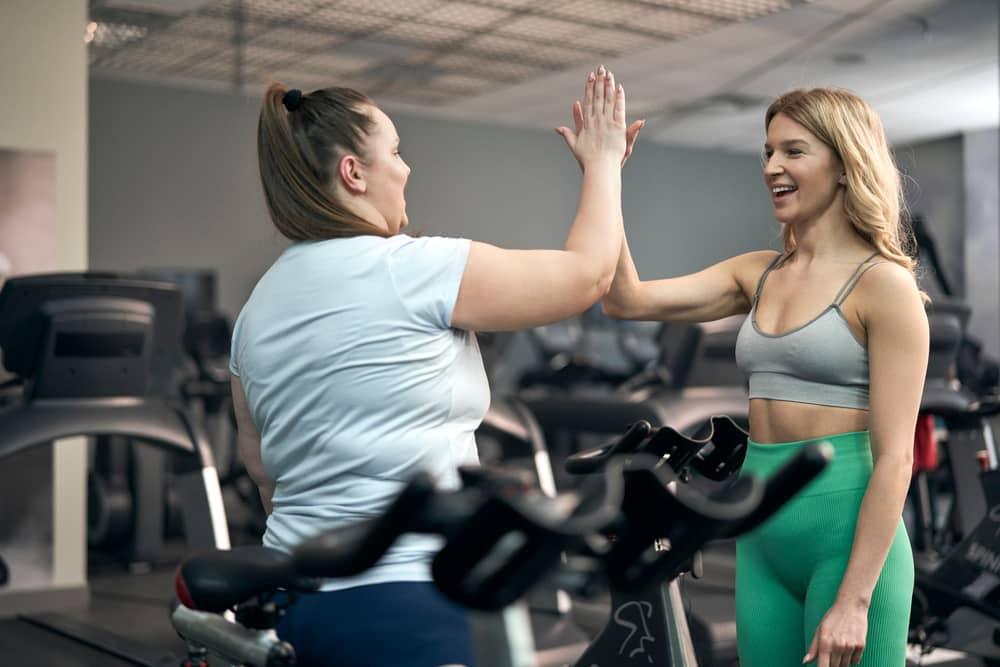
Beyond the Burn: Other Considerations for Your Choice
While calorie burning and muscle engagement are key factors, several other considerations can influence your machine choice:
Injury Risk and Joint Impact
Both machines offer gentler, low-impact exercise compared to running or high-impact sports, making them suitable for various fitness levels.
However, rowing carries slightly more risk of back or knee strain if improper form is used. Proper technique and gradual progression are essential to reduce the risk of potential injury.
Space and Budget
Exercise bikes generally require less storage space than rowing machines, which can be longer and bulkier.
Budget-wise, entry-level bikes are typically more affordable than rowing machines, though high-end models for both can be costlier. Consider your available space and budget when making your decision.
Personal Preference and Enjoyment
Eventually, the most effective machine is the one you’ll use consistently. Choose the one you find more enjoyable and motivating.
Consistency is key to reaching your fitness and weight loss goals, so pick the machine that inspires you to keep moving!
Final Words: Choosing Your Weight-Loss Cardio Machine
The battle between exercise bikes and rowing machines for weight loss depends on your individual goals and preferences. Both machines offer potent calorie-burning potential, with the rowing machine holding a slight edge due to its full-body engagement and HIIT possibilities. However, the exercise bike shines for its lower-body focus and cardio benefits.
But remember, no machine alone can guarantee weight loss. A healthy diet and consistent exercise are the true cornerstones of success. So, choose the machine that motivates you, inspires you to move, and complements your overall fitness goals.
Whether you choose a rowing machine or an exercise bike, step onto your chosen machine with confidence, knowing you’ve made the best choice for your weight loss journey.
See the best rowing machine in Australia below:
See the best exercise bikes in Australia below:
FAQs on Exercise Bike vs Rowing Machine
While both machines engage the upper body to some extent, the rowing machine offers a much more comprehensive workout, targeting your back, shoulders, and arms along with your core.
Both machines are low-impact and easier on your joints than running or high-impact sports. However, if you have specific knee concerns, consulting a physician or physical therapist may be helpful in choosing the machine that best suits your needs.
Both machines can offer efficient workouts, especially through HIIT routines. High-intensity interval training on either machine can provide significant calorie burn in a shorter timeframe.
Both machines can be suitable for beginners, but exercise bikes generally have a lower learning curve due to their simpler mechanics. Rowing requires a proper form to maximise benefits and minimise risk, so consider seeking guidance from a trainer initially.
Aim for at least 30 minutes of moderate-intensity exercise most days of the week. You can gradually increase the duration and intensity as you become more comfortable.
Absolutely! Cross-training can keep your workouts engaging and prevent plateaus. You can alternate between bike and rowing sessions or even incorporate both into a single workout for a full-body challenge.
- Who Should (and Shouldn’t) Take Probiotics? - 16 November 2024
- How to Choose the Right Probiotic - 16 November 2024
- Prebiotics vs Probiotics: The Dynamic Duo of Gut Health - 16 November 2024

